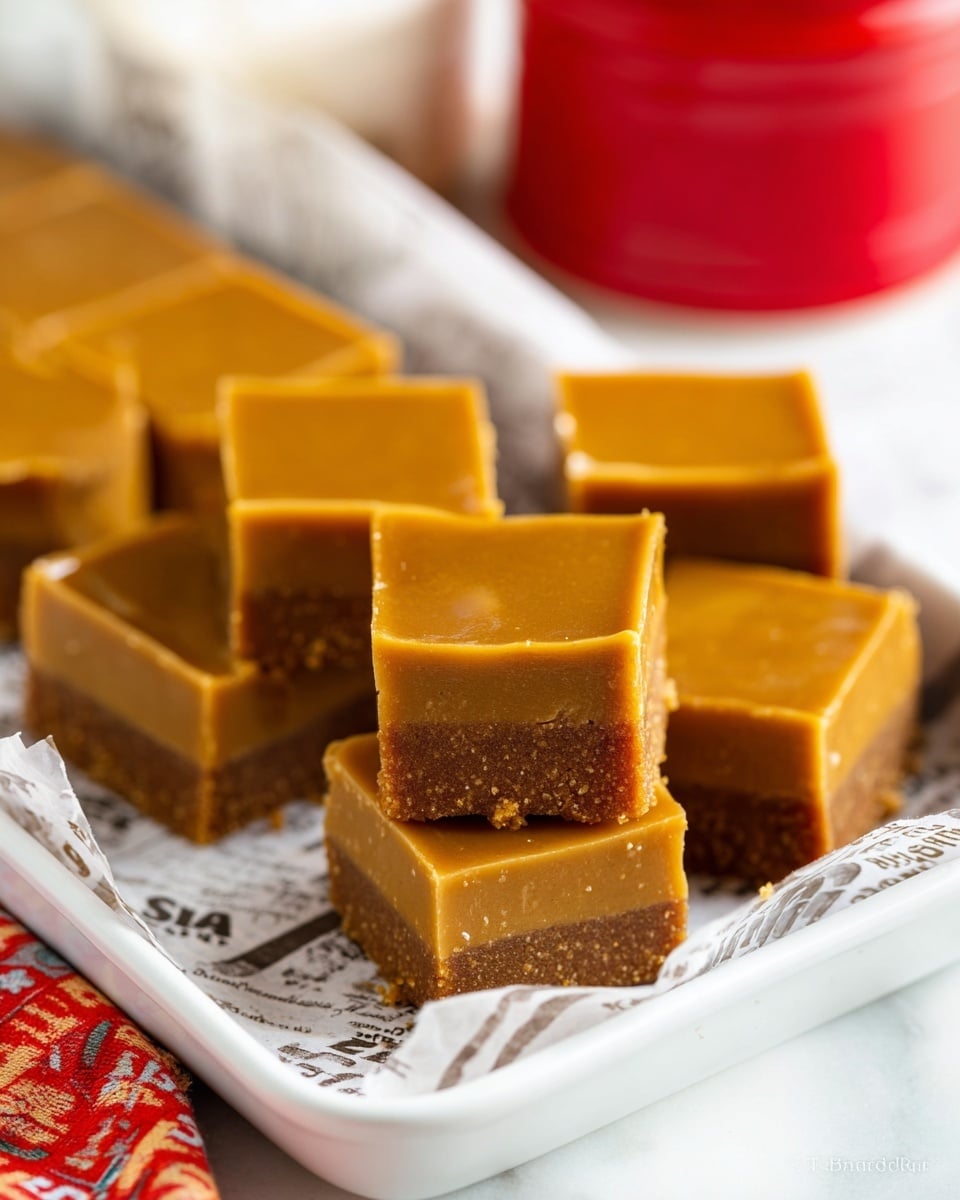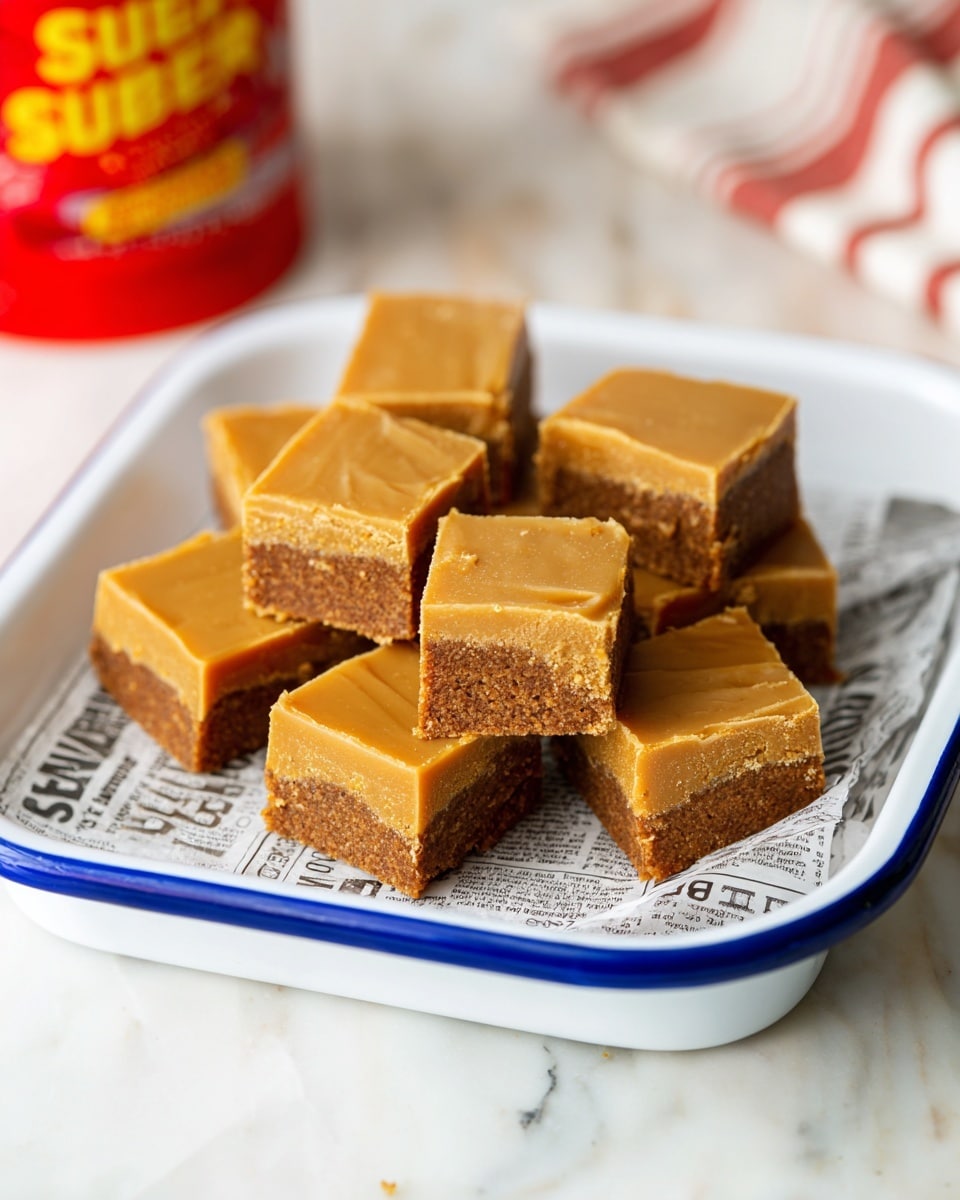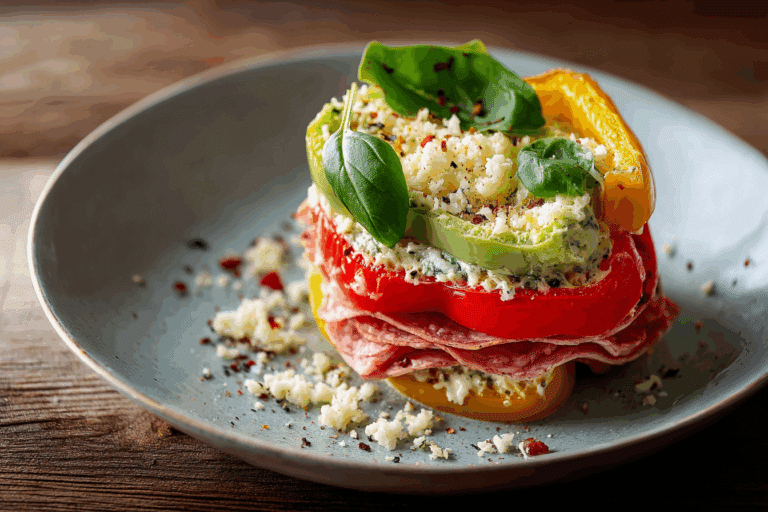Japanese Curry Roux Recipe
If you’ve ever dreamed of capturing the rich, comforting flavors of Japanese curry from scratch, this Japanese Curry Roux Recipe is exactly what you need. Making your own roux might sound intimidating, but honestly, it’s such a rewarding kitchen project. The homemade roux is the secret behind that velvety texture and deep, layered flavor that store-bought blocks just can’t match.
Whether you’re cooking a cozy weeknight dinner or hosting friends who appreciate the gentle spice and silky sauce of Japanese curry, having this roux made in advance transforms your cooking game. I love how adaptable it is and how it brings together simple pantry ingredients into something truly special. Plus, it stores well, so you can whip up curry in a flash anytime.
Ingredients You’ll Need
The beauty of this Japanese Curry Roux Recipe lies in its simplicity. You’re combining butter, flour, and some aromatic spices that do all the heavy lifting in flavor. These pantry staples come together to create a roux that’s rich, slightly spicy, and unmistakably Japanese.
- Unsalted butter: Using unsalted butter is key because you control the salt level later, and it browns nicely for a deeper flavor.
- All-purpose flour (plain flour): I highly recommend weighing your flour for consistent results – about ¾ cup or 3.5 oz. Gluten-free friends can swap in GF or rice flour easily here.
- Japanese curry powder: I swear by S&B brand for authentic flavor. If you’re feeling adventurous, you can even make your own with my homemade curry powder recipe.
- Garam masala: This adds complexity and warmth; if you don’t have it, you can skip it or add a pinch of cinnamon and cloves instead.
- Cayenne pepper (optional): I add just a touch to give it a mild kick, but you can leave it out if you prefer a gentler heat.
Variations
I love customizing this Japanese Curry Roux Recipe depending on what mood I’m in or what ingredients are on hand. Feel free to tweak the spices or try alternative flours to make it your own. Cooking should be fun and personalized!
- Spice level: If you want it extra mild, cut back the cayenne or garam masala. For more heat, toss in a pinch of chili powder or black pepper.
- Flour options: Experiment with chickpea or oat flour for a nutty twist, just keep an eye on texture changes.
- Herbal additions: Some fresh or dried herbs like bay leaves or a sprig of rosemary can infuse a new dimension during the roux cooking process.
- Oil swap: For a dairy-free version, try using neutral oil like vegetable or coconut oil instead of butter.
How to Make Japanese Curry Roux Recipe
Step 1: Melt the Butter Gently
Start by melting your unsalted butter over medium-low heat. Patience here is important — you want it fully melted but not browned or sizzling too hard. Keep your eye on it and stir occasionally to make sure it heats evenly. This gentle start allows the milk solids to separate slightly, which helps with flavor development later.
Step 2: Whisk in the Flour
Once the butter is melted, sprinkle in your all-purpose flour gradually while whisking constantly. This is the classic roux stage – you’re combining fat and flour to create a thick base. Keep the heat low and stir continuously to avoid any lumps. Cook this mixture for about 10 minutes, until it turns a light golden brown and smells nutty. Don’t rush this step – it’s what brings that gorgeous depth of flavor.
Step 3: Add the Spices
Now, sprinkle in the Japanese curry powder, garam masala, and a pinch of cayenne pepper. Stir well to coat the roux evenly with the spices. Let everything mingle for another couple of minutes on low heat, but be careful not to burn the spices. This helps the flavors bloom and avoids any raw powder taste.
Step 4: Cool and Store
Once your roux is nicely browned and fragrant, transfer it to a cool plate or pan to cool completely. You can use it immediately in your curry, or let it cool then store it in an airtight container in the fridge. I like making a batch ahead and storing it for up to two weeks—it cuts down cooking time during busy weeknights.
How to Serve Japanese Curry Roux Recipe

Garnishes
I’m all about simplicity when it comes to garnishes with this curry. A sprinkle of chopped fresh parsley or sliced scallions really brightens the earthy depth of the curry. If I want a bit of crunch, I toss on some toasted sesame seeds or fried shallots—those little touches make the dish pop.
Side Dishes
Japanese curry is famously served over fluffy steamed rice, which soaks up that luscious roux sauce perfectly. Sometimes I like to add a simple green salad with a tangy vinaigrette to cut through the richness. For something heartier, pickled vegetables or Japanese pickled radish (takuan) bring a nice contrast.
Creative Ways to Present
On special occasions, I’ve tried serving the curry in mini cast iron skillets – it keeps it warm and looks charming on the table. You can also mound the rice into neat domes using a small bowl or mold, then ladle the curry around it for a pretty presentation. Adding a boiled egg on the side or a drizzle of Japanese mayo ups the flavor and visual appeal.
Make Ahead and Storage
Storing Leftovers
Leftover roux stores beautifully in the fridge for up to two weeks. I keep mine in a small airtight container or jar. When I need it, I just shave off a spoonful to melt into my curry base. It’s such a time saver—and the flavor stays fresh and vibrant.
Freezing
I’ve frozen portions of this roux with great success. Scoop it into ice cube trays, freeze until firm, then pop the cubes into a freezer bag. This way, you can thaw just what you need for a single meal. The texture and taste hold up nicely after freezing and thawing, making it a practical option for meal prep.
Reheating
When reheating leftover roux or curry made with it, I gently warm it in a saucepan over low heat, stirring frequently. Adding a splash of broth or water helps loosen the sauce without compromising thickness. Avoid microwaving at high heat to prevent curdling or burning the spices.
FAQs
-
Can I use a different type of curry powder for this Japanese Curry Roux Recipe?
Absolutely, but keep in mind that Japanese curry powder has a unique balance and milder, slightly sweet flavor compared to Indian or other curry powders. Using a different type might change the flavor profile, so start with less and adjust to taste when making your roux.
-
Is this Japanese Curry Roux Recipe gluten-free?
Not as written, since all-purpose flour contains gluten. However, you can substitute with gluten-free flour or rice flour to make a gluten-free version. Just be mindful the texture may vary slightly, but it still works wonderfully.
-
Can I make the roux in advance?
Yes! In fact, prepping your Japanese Curry Roux ahead of time is a brilliant way to save time on busy days. Store it in the fridge for up to two weeks or freeze it for longer storage.
-
How do I use the roux in a curry?
After preparing your basic curry broth with vegetables and protein, simply stir in chunks or spoonfuls of the roux until it melts completely and thickens the sauce. Taste and adjust seasoning as needed.
Final Thoughts
Making this Japanese Curry Roux Recipe has truly changed how I approach curry nights. It’s approachable, reliable, and fills your kitchen with that warm, cozy aroma that feels like a hug on a plate. I really encourage you to give it a try—once you make your own roux, you’ll never want to go back to store-bought curry blocks again. Trust me, your taste buds will thank you!
Print
Japanese Curry Roux Recipe
- Prep Time: 5 minutes
- Cook Time: 15 minutes
- Total Time: 20 minutes
- Yield: Approximately 1 cup of curry roux, enough for 4–6 servings of Japanese curry 1x
- Category: Sauce Base
- Method: Stovetop
- Cuisine: Japanese
Description
This Japanese Curry Roux recipe is the essential base for making authentic Japanese curry dishes. Rich, flavorful, and incredibly easy to prepare, this roux combines butter, flour, Japanese curry powder, garam masala, and optional cayenne pepper to create a deeply aromatic and thick curry base. Perfect for adding to your favorite meat and vegetable stews, this roux can be made ahead and stored, making it a convenient kitchen staple for quick and delicious Japanese-style curries.
Ingredients
Japanese Curry Roux Ingredients
- 3.5 oz unsalted butter (7 Tbsp)
- 3.5 oz all-purpose flour (about ¾ cup; for gluten-free, substitute with gluten-free flour or rice flour)
- 4 Tbsp Japanese curry powder (recommend S&B Curry Powder)
- 1 Tbsp garam masala
- ½ tsp cayenne pepper (optional)
Instructions
- Prepare the roux base: In a medium-sized skillet, melt the unsalted butter over medium-low heat until fully melted but not browned to avoid burning.
- Add flour: Gradually sprinkle the all-purpose flour into the melted butter while continuously stirring with a whisk or wooden spoon to combine well and prevent lumps from forming.
- Cook the roux: Stir the flour and butter mixture consistently over medium-low heat for about 10-12 minutes until it turns a light golden tan color. This step is crucial to remove the raw flour taste and develop a subtle nutty flavor.
- Add spices: Lower the heat and add the Japanese curry powder, garam masala, and optional cayenne pepper to the cooked roux. Stir thoroughly to combine the spices evenly and let the mixture cook for an additional 1-2 minutes to release the spices’ fragrance.
- Cool and store: Remove the roux from heat and allow it to cool. Once cooled, the curry roux can be used immediately in your recipe or stored in an airtight container in the refrigerator for up to 2 weeks or frozen for longer storage.
Notes
- Garam masala is optional but highly recommended to add depth and a warm spiced flavor to the roux.
- Use gluten-free flour or rice flour to make a gluten-free curry roux.
- Cayenne pepper is optional and can be adjusted to your preferred spice level.
- Weighing your flour ensures accuracy; using a kitchen scale is best for consistent results.
- This roux is the foundation for Japanese-style curry, typically used with meat, potatoes, carrots, and onions in stews.
Keywords: Japanese curry roux, curry base, Japanese curry sauce, homemade curry roux, curry powder, garam masala







